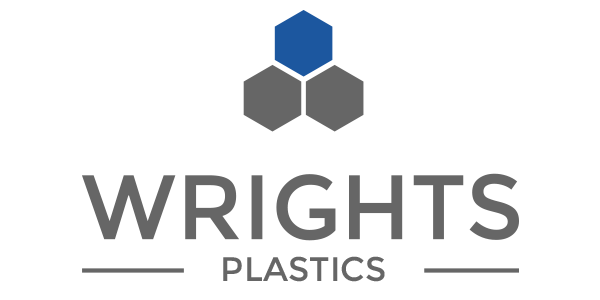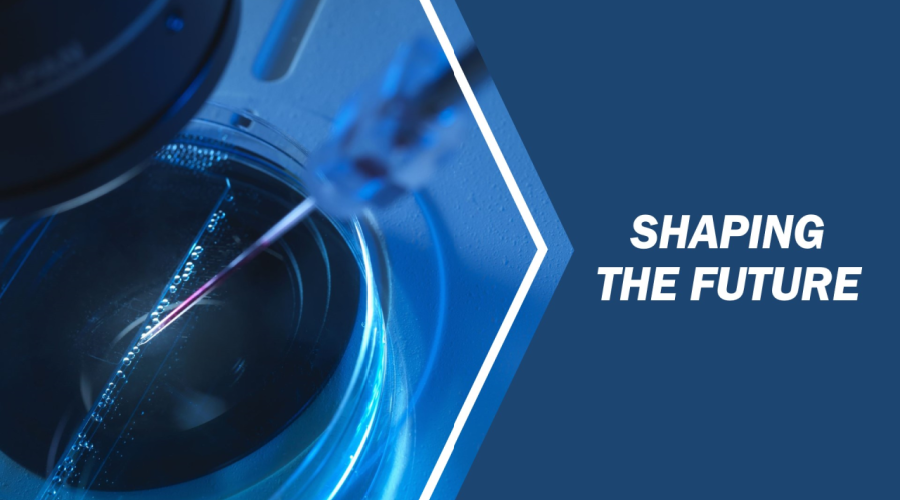Vacuum forming, a thermoforming process, involves heating a plastic sheet until it becomes pliable, then using a vacuum to shape it over a mold. This technique is widely used in various industries, including automotive, packaging, medical devices, and consumer goods. Recent developments in vacuum forming products has focused on material innovation, process automation, sustainability, and precision improvements, significantly enhancing its efficiency and application scope.
Material Innovation
Advanced Plastics and Composites:
One of the most significant advancements in vacuum forming is the development and adoption of new materials. Traditional vacuum forming materials like ABS, polystyrene, and PVC are now being supplemented with advanced composites and biodegradable plastics. These materials offer enhanced properties such as greater strength, improved heat resistance, and reduced environmental impact. For instance, high-performance thermoplastics like polyetheretherketone (PEEK) are increasingly used for their superior mechanical properties and chemical resistance, making them suitable for demanding applications in aerospace and medical industries.
Biodegradable and Recyclable Materials:
The push for sustainability has led to the development of biodegradable plastics such as polylactic acid (PLA) and polyhydroxyalkanoates (PHA), which decompose more readily in natural environments compared to traditional plastics. Additionally, efforts to recycle and reuse materials have become more prominent. Closed-loop recycling systems are being implemented where waste materials from the vacuum forming process are collected, reprocessed, and used to create new products, thereby reducing waste and conserving resources.
Process Automation
Integration of AI and Machine Learning:
Automation in vacuum forming has advanced significantly with the integration of artificial intelligence (AI) and machine learning. These technologies optimize the vacuum forming process by analyzing data to predict and adjust parameters in real-time. For example, machine learning algorithms can predict the ideal heating temperatures and vacuum pressures required for different materials, leading to more consistent quality and reduced waste.
Robotic Assistance:
Robotic systems are now commonly used in the loading and unloading of materials, mold handling, and finishing operations. Robots enhance precision and speed while minimizing human error and labor costs. Collaborative robots, or cobots, work alongside human operators to handle tasks that require both human dexterity and robotic precision, enhancing productivity and safety in manufacturing environments.
Sustainability and Environmental Impact
Energy Efficiency:
New vacuum forming machines are designed to be more energy-efficient. Innovations such as infrared (IR) heating systems provide faster and more uniform heating of plastic sheets, reducing energy consumption and cycle times. Additionally, energy recovery systems capture and reuse waste heat generated during the process, further enhancing efficiency.
Eco-Friendly Practices:
Beyond material innovations, manufacturers are adopting eco-friendly practices to reduce their environmental footprint. This includes utilizing renewable energy sources, implementing waste reduction strategies, and designing products with end-of-life recycling in mind. For instance, some companies have developed systems to track and minimize the carbon footprint of their vacuum forming operations, aligning with broader environmental goals and regulations.
Precision and Quality Control
Advanced Molding Techniques:
Recent developments in mold technology have improved the precision and quality of vacuum-formed parts. High-resolution 3D printing and 5 axis CNC machining enable the creation of detailed and complex molds with tight tolerances. This precision ensures better fit and finish of the final product, reducing the need for secondary processing and assembly.
Real-Time Monitoring and Control:
Real-time monitoring systems have become integral to maintaining quality control in vacuum forming. Sensors and cameras are used to monitor various parameters such as temperature, vacuum pressure, and material deformation during the forming process. Data collected from these sensors is analyzed to detect any deviations from the desired process conditions, allowing for immediate adjustments to ensure consistent product quality.
Industry Applications and Innovations
Automotive Industry:
In the automotive sector, vacuum forming is used for producing interior components, such as dashboards, door panels, and trunk liners as well as many plastic automotive components. Recent advancements have enabled the production of lightweight, durable parts that enhance vehicle performance and fuel efficiency. The integration of decorative finishes and functional elements, such as acoustic insulation, into vacuum-formed parts has also improved the overall quality and appeal of automotive interiors.
Medical and Healthcare:
Vacuum forming is crucial in the medical and healthcare industry for creating custom-fit devices such as orthopedic braces, prosthetics, and dental aligners. Innovations in biocompatible materials and precision forming techniques have led to more comfortable and effective medical devices. Additionally, the ability to produce single-use, sterile packaging for medical instruments has improved patient safety and hygiene.
Retail Point of Sale:
Creating memorable retail display point of sale in the Instagram-age and vacuum forming ability to manufacture increasingly complex shapes and parts means that it is increasingly in demand by brands and retailers. Also the ability to manufacture in recycled material is important as consumers demand increased sustainability in all aspects of retail.
Consumer Goods:
For consumer products, vacuum forming provides flexibility in design and production, allowing for the creation of aesthetically pleasing and functional items ranging from electronic enclosures to sports equipment. The ability to quickly prototype and produce customized items has been enhanced by advancements in digital design and rapid tooling technologies.
Future Trends and Prospects
Looking ahead, the future of vacuum forming appears promising, with several trends likely to shape the industry:
- Further Integration of Digital Technologies:
Digital twins and simulation software will become more prevalent, allowing manufacturers to simulate and optimize the vacuum forming process virtually before physical production, reducing trial-and-error and speeding up development cycles. - Enhanced Sustainability:
Continued emphasis on sustainability will drive further innovation in materials and processes, with a focus on reducing environmental impact throughout the product lifecycle. - Customisation and On-Demand Manufacturing:
Advances in automation and digital manufacturing will enable greater customization and on-demand production, meeting the growing consumer demand for personalized products without significant increases in cost or lead time. - Collaborative and Flexible Manufacturing:
The development of flexible manufacturing systems that can easily switch between different products and materials will enhance the versatility and responsiveness of vacuum forming operations.
In conclusion, the recent developments in vacuum forming reflect a blend of material innovation, process automation, sustainability, and precision improvements. These advancements are driving the industry forward, making vacuum forming a more efficient, versatile, and environmentally friendly manufacturing process. As these trends continue to evolve, vacuum forming will likely see even greater applications and efficiencies across various sectors.


